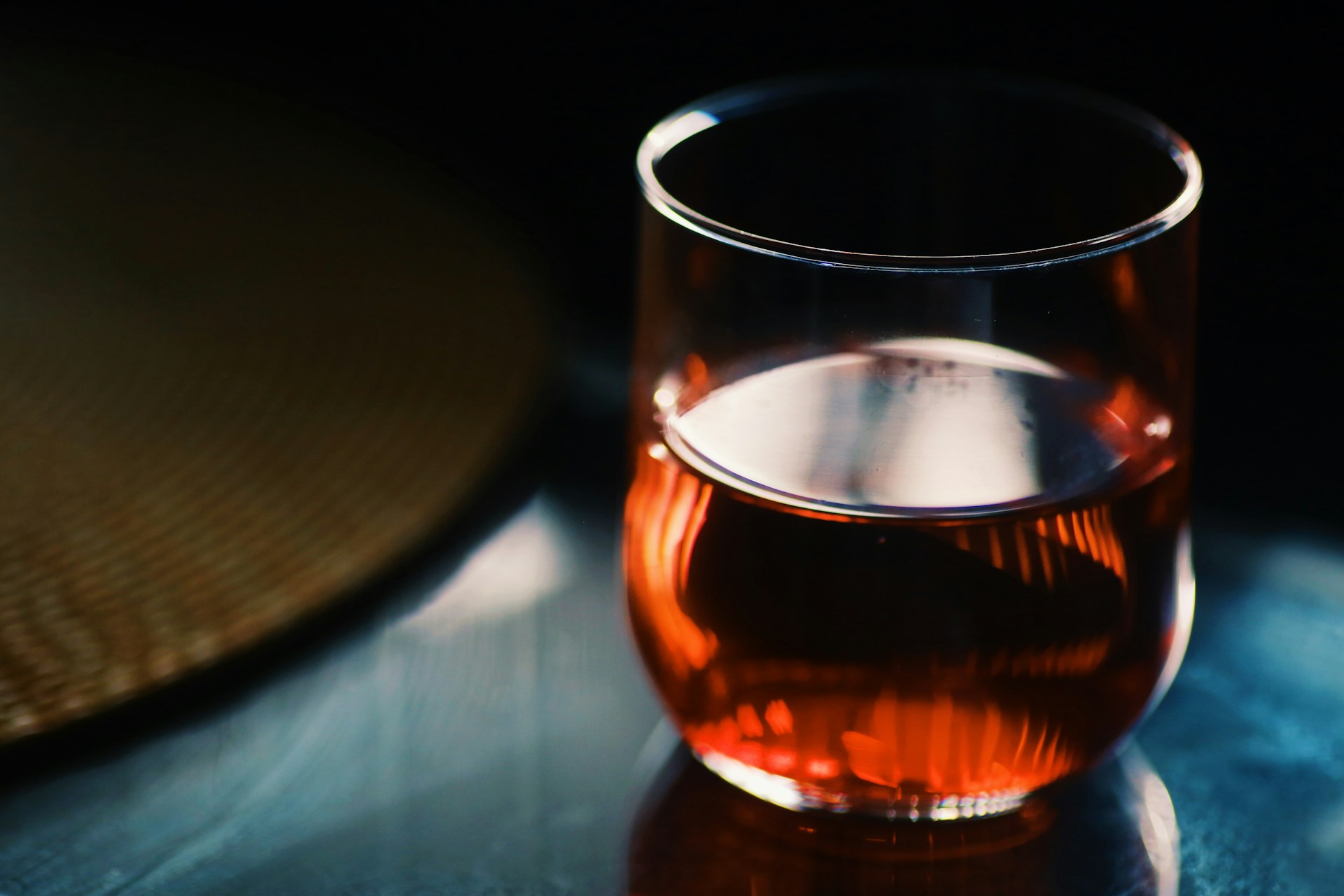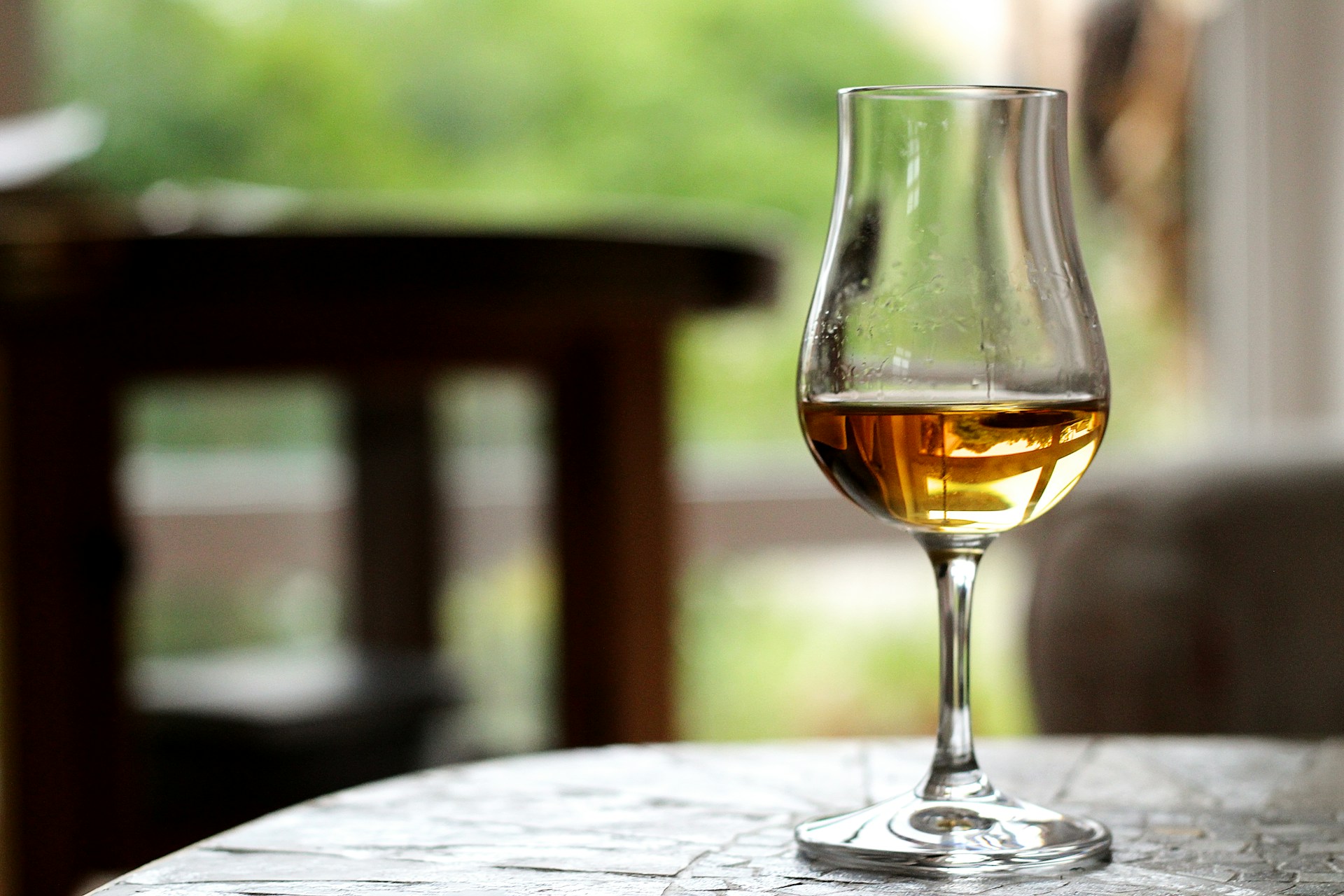
If you’re just a casual bourbon drinker, you might pour your favorite whiskey into a rocks glass with some crushed ice and call it good. We’re not here to say that your technique is bad. Everyone enjoys their bourbon differently, and we aren’t the judgmental type. But a master distiller or seasoned whiskey taster might say that by drinking your bourbon like this, you’re not getting remotely as much out of it as you could.
If you enjoy sipping bourbon, you should probably invest in at least one whiskey glass. And we’re not talking about the same glass you use to sip your Old Fashioneds. We’re talking about a glass that was specifically created to be used for tasting whisky. A great whiskey glass will enhance the aroma, flavor, and mouthfeel of your favorite bourbon. Wouldn’t you want to enjoy all the aromas and flavors your favorite expression has to offer?

Why whiskey glasses matter
A well-made whiskey glass is designed to allow drinkers to experience the nuanced, exciting aromas of their favorite bourbon before diving into flavors like vanilla beans, toffee, chocolate, oak, cinnamon, and other spices. Imbibing bourbon with a well-made
There are various whiskey glasses to choose from. Each is designed for a particular reason. They include the classic rocks glass (great for cocktails), the Glencairn (great for fans of aroma), the Norlan glass (great for aeration), the Neat glass (great for swirling), and the classic Snifter (a must-have for bourbon drinkers).

What is the one glass you need?
While you’ll likely want rocks or old-fashioned glasses on hand for your favorite cocktails, when it comes to tasting, the classic, long-stemmed snifter is a must-have for any serious bourbon drinker. Also known as a balloon glass, the snifter comes in a variety of shapes. We prefer a thinner snifter with a long stem, wide bottom, and narrow top. All three of these characteristics are important when it comes to nosing and tasting bourbon.
The stem, while providing a great grip on the glass also keeps the liquid away from your warm hands. The thick bottom and narrow top are designed to enhance the aromas, thereby enhancing the flavors as well.
To get the most out of your bourbon, pour it into the glass and give it a gentle swirl. Nose the whiskey gently and take in the complex aromas. Now, it’s time to sample the spirit. Take a nice sip and hold it in your mouth before swallowing. Let it swirl around your tongue before swallowing.
If you’re feeling really frisky, do a little chewing motion (called the “Kentucky Chew”) to let the flavors completely cover all of your taste buds. If you’re dealing with a higher-proof whiskey, add a few drops of water to open it up even more. The key is to just enjoy yourself. Nose it more, sip it, and just have fun finding new and exciting aromas and flavors.



